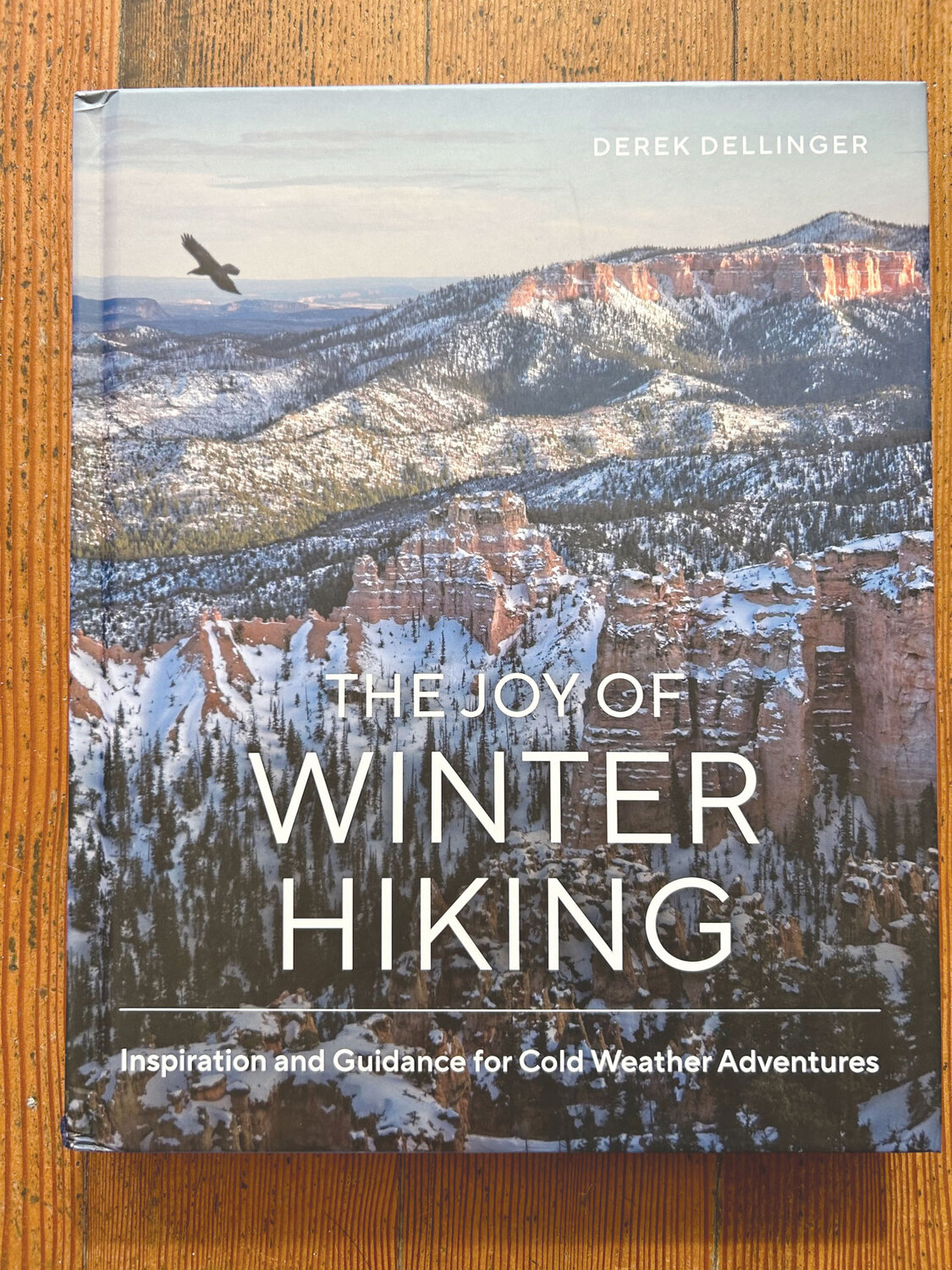


From the birthplace of the Skagit River in the glaciers of the North Cascades to the river’s estuary and the Salish Sea, Christian Murillo takes you on a thoughtful journey through a watershed in a changing climate and the web of dependencies it holds.
Leaving his engineering career to connect with wilderness, Murillo says his primary focus has been “to address climate change through photography and storytelling.” He chose the Skagit because its source is “the most glaciated part of the continental United States but also because it is a place where glaciers in the wild and the people who depend on those resources intersect.”
Chapter titles are elevations, starting the journey at 8,868 feet with Eldorado peak and the five major glaciers on its flanks that serve as the reservoirs for some of the smaller rivers and creeks that feed the Skagit. We meet the gray-crowned rosy finch, the highest-nesting bird in North America, and learn how warming temperatures are threatening their life next to a shrinking glacier. With meticulous research and conversations with scientists and stakeholders, Murillo then takes us downstream.
“The narrative follows the water and navigates those conversations the way the water navigates through the watershed,” he said.
Descending through the subalpine, forests and floodplain to the estuary, Murillo combines science, adventure writing and wilderness cultural lore.
Following meltwater buzzing with insects through the subalpine zone, we learn about pockets of aquatic invertebrates that face extinction as the glacier their stream depends on shrinks. That disruption in ecological balance trickles downhill and up the food chain. Below the tree line, from the tops of massive trees to fungal networks underground, dense old growth forests can hold twice the biomass of a tropical rainforest. While much of the public land in the watershed is protected from logging, forests are facing growing risks from fire during longer, drier summers.
The three Skagit River dams, from their history to their future, occupy the middle of the book, separating the upper reaches of the river from the salmon bearing waters that meander through the Skagit Valley. Built for power generation, the dams are playing an increasing role in flood control as a warmer climate leads to more precipitation falling as rain rather than snow in winter, with concerns it may become too great a volume of water for the dams to control.
One of the only rivers in the continental U.S. to host all five species of Pacific salmon as well as several freshwater salmonids, the Skagit’s ecosystem depends on healthy salmon, and the salmon and people who depend on them need a healthy watershed. “The Skagit is our people’s life blood,” Upper Skagit elder Scott Schulyer told Murillo. Schulyer has fished the Skagit for 42 years. He has seen salmon runs return while others dwindle and has been a powerful voice for environmental protection and riparian restoration, such as a recent agreement with Seattle City Light to return natural flow to an area adjacent to the Gorge dam.
“I’m a believer in restoring wilderness in all areas that are practical, that make sense,” Murillo said.
As the nutrient-rich waters of the Skagit flow to the Salish Sea it is boxed in by levies or meanders freely through protected or restored wetlands. While removing levees and restoring tidelands is being done successfully in small areas, on a larger scale it would disrupt the rich agriculture of the Skagit Valley that feeds millions in our region and beyond, Murillo said. “There are a lot of approaches we can take that don’t come at such a high cost and I’m a fan of taking the low hanging fruit.”
Murillo said a Fir Island farmer used the old proverb popularized in the Mary Poppins movie “enough is as good as a feast,” speaking to how we can all live more sustainable lives and make impacts where we can. The farmer works with salmon restoration efforts on land his family has farmed for generations and said he wouldn’t mind losing his farm if it saved the salmon, but he sure would mind if it didn’t. “We can’t gamble with solutions,” Murillo said. “There’s a lot we can be doing better that’s not hard to do.”
Ultimately, Murillo said, “The health of the Skagit demands changes from us humans.”
Soul of the Skagit is available through Murillo’s website or from independent bookstores in Washington and Oregon. To order or for a list of stores carrying the book go to www.murillophoto.com/Books.

In his introduction, author Derek Dellinger asks, “Why winter?” Why head out on the trail and risk hypothermia – or at least discomfort – in the season of coziness?
Subtle light, a quiet stillness, crisp air and a dramatically transformed landscape all make winter a unique time to experience the outdoors. With the right preparation and equipment, Dellinger promises, you don’t need to miss out on time in nature when the weather turns cold, and you can enjoy a landscape many fair-weather hikers – and even winter adrenaline sports enthusiasts – miss.
Interspersed with hundreds of photographs that would lure anyone to the winter landscape, the meat of the text makes sure you can enjoy it when you get there. You will find tips for choosing your route as well as your shoes, with advice to cover a wide spectrum of winter outdoor experiences, including an afternoon walk in the woods, overnight trips, and technical climbs.
Dellinger is thorough in illuminating the risks as well as the joys of hiking in winter, and how to prepare for them. X